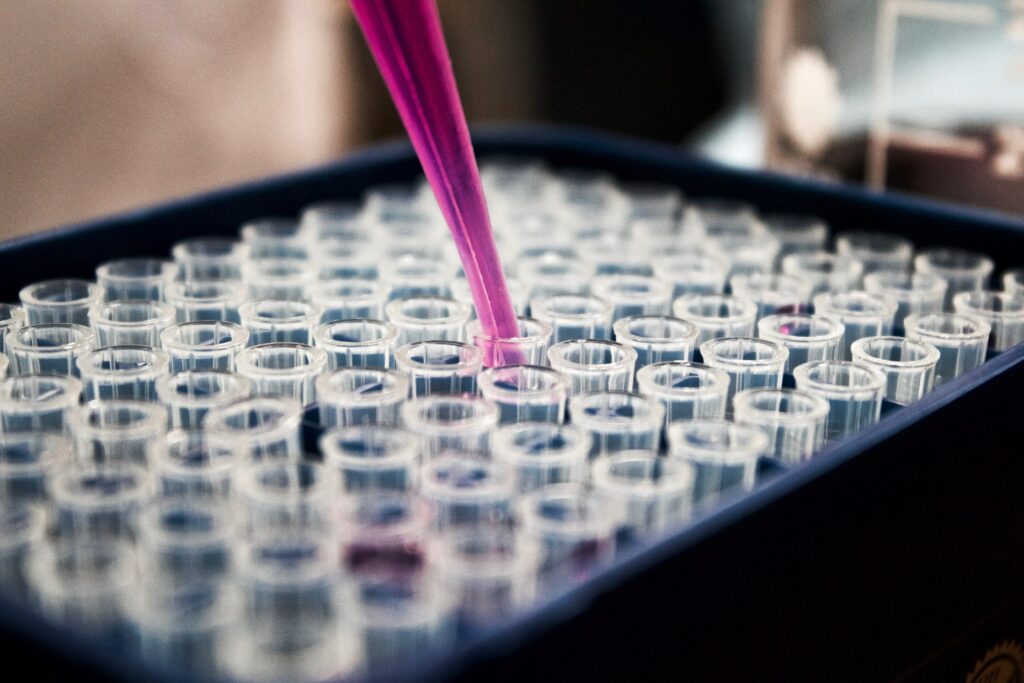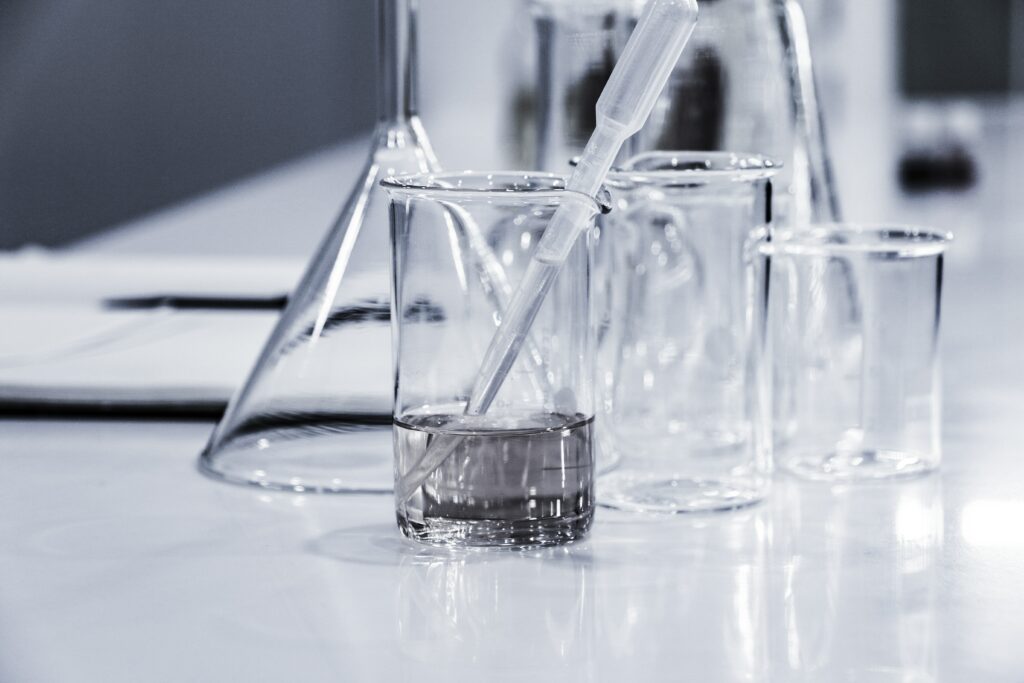Overview
Whilst there are many different acidity regulators which are used in various foods, the fundamental application remains the same: improve food safety and taste. And despite the bad press about the implications of E-numbers used as food additives, acidity regulators play an instrumental role within the food and beverage sector, as well as an important nutritional role for the consumer.
What is an Acidity Regulator?
In short, acidity regulators are a set of acidulants that control the growth of hostile bacteria, adjusting acidity to preserve food safety and enhance flavour. Examples of acidic regulators that Czarnikow offers include Citric Acid, Sodium Citrate, Malic Acid and Phosphoric Acid however there are many other Acidity Regulators such as Lactic Acid, Tartaric Acid and Calcium Acetate.
First introduced by Søren Peter Lauritz Sørensen, the pH scale measures the acidity or alkaline levels of a given substance, ranging from 0-14, with 7 being neutral. Citrus fruits, wine and beer are all less than 7 on the scale and are therefore acidic; whereas egg whites and baking soda are alkaline products, and therefore sit above 7 on the pH scale. Acidity regulators were first introduced to manipulate these pH levels, for safer and tastier food.
Acidification is a means of controlling the growth of hostile bacteria, preserving the food so it tastes better, and is safer to eat by the time it hits your plate. Whilst acidification is not the only way to control harmful bacteria in food, it has been used more commonly since the outbreak of botulism in 2006, where botulinum spores survived pasteurisation. Whilst everyone is terrified of the E numbers in their food, it is these E-numbers that are keeping people safe.

Current Acidity Regulator Global Market
The acidity regulators market is expected to grow at a significant rate over the next 5 years, with a CAGR of 7.2% between 2018-2023. In developed economies, growth in the demand for ready meals is driving the acidity regulators market. Moreover, the growing awareness of food waste is affecting the shelf life of food and beverage products, thus increasing the demand of acidity regulators.
Citric acid leads the acidity regulators market with over 57% market share, as it is being used more and more in beverages, processed food, and confectionery products. The citric acid market is also experiencing high demand because it is now being increasingly used as a cleaning agent in countries which have banned phosphate.
Global production of citric acid is mainly spearheaded by the Asia-Pacific region. In terms of consumption, Western Europe and North America lead in terms of the volume of demand, followed by domestic consumption in China, Eastern Europe, and Brazil, where consumption is forecast to grow over the next few years due to the increasing demand for more natural products.
Citric Acid (E330)
Variations
- Citric Acid Anhydrous
- Citric Acid Monohydrate
Application
Citric Acid Anhydrous is used in confectionary and beverages; Citric Acid Monohydrate is also used in beverages, and in pharmaceutical products such as cough drops and lozenges.
Supplied in
25kg multiwall paper bags; 50lb (22.7kg) multiwall paper bags; 1000kg super sacks.
Mesh sizes
Powdered/ Granular (10- 40 mesh)/ Fine granular (30- 100 mesh)
Storage
Must be kept at 30-40oC. Must also be dry, an exposure to moisture can lead to caking (which is where the product forms hard solid clumps which can be hard to break down or dissolve).
Shelf life
5 years when stored under proper conditions.
Health Benefits
Not only does citric acid prevent undesirable bacteria from infiltrating your food, but it also carries many intrinsic health benefits. Firstly, citric acid boosts renal health. Its alkalizing properties help to prevent the formation of kidney stones. As an antioxidant, it is anti-carcinogenic as it neutralises the effects of free radicals. Often found in face packs, citric acid can revitalize the skin, regenerating tissue and thus slowing down the ageing process. The (apparently miraculous) citric acid can reduce tonsillitis inflammation and dull any feelings of nausea.
Fun Facts
- It is used in soap and laundry detergent to soften the water.
- It can be used to prevent sucrose crystallization in caramel.

Sodium Citrate (E331)
Variations
- Sodium Anhydrous
- Sodium Citrate Monohydrate
Application
Sodium Citrate is used as flavouring agent, stabilizing agent, buffering agent, chelating agent, emulsifying agent and a nutritional supplement of buttermilk. It’s also used for products with a pharmaceutical effect.
Assay
99.0- 101.0%
Supplied in
25kg HDPE bags, 25kg Kraft paper bags with inner lining.
Storage
Must be kept at 30-40oC. Must also be dry, as an exposure to moisture can lead to caking. Also avoid light, heat and dust.
Shelf Life
3 years.
Health Benefits
Sodium Citrate, also known as trisodium citrate, is an osmotic laxative and therefore can treat constipation. Another health benefit of the acidity regulator is that it helps to relieve cystitis in adult women, as it reduces the acidity in urine. It is also administered before general anaesthesia to prevent the inhalation of stomach acid into the airways during the operation (don’t try this at home, folks!).
Fun Facts
- It is one of the mysterious ingredients in Dioralyte, that you have always seen on the back of the packet but never understood.
- It is also known as Sour Salt because of the flavour it provides different foods.

Thanks for learning about acidity regulators. If you’d like to find out more about acidity regulators, or any of the other ingredients we supply, please contact us.



